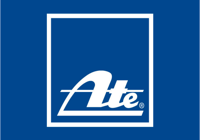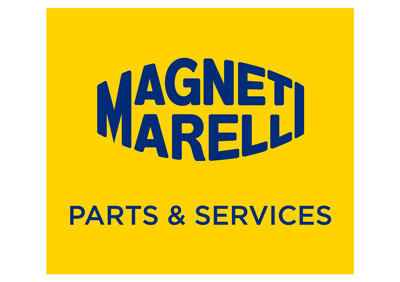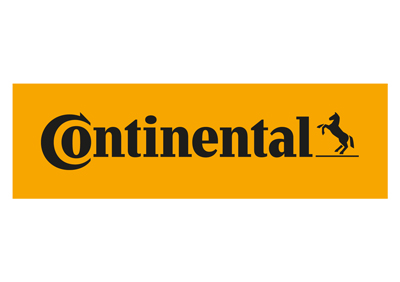Throttle valve
In general terms, the throttle valve must regulate the air or mixture supply for the combustion engine. Depending on the engine concept, this serves different purposes. In the case of petrol engines...
Function
In general terms, the throttle valve must regulate the air or mixture supply for the combustion engine. Depending on the engine concept, this serves different purposes.
- In the case of petrol engines, speed and power output are regulated by means of fresh air or mixture dosing.
- Diesel engines generally do not need a throttle valve. However, in modern diesel cars, throttling the amount of intake air facilitates precision control for exhaust gas recirculation and stops the engine from shaking when the ignition is switched off.
The throttle valve is installed in the intake air system of the combustion engine. The opening angle of the valve determines how much fresh air or air/fuel mixture flows into the cylinders (carburettor engines, for example). In older generation engines, the throttle valve is connected directly to the accelerator pedal and operated mechanically via a cable. For newer vehicles there are various principles of operation:
Electronic throttle actuators:
Electromotive throttle actuators:
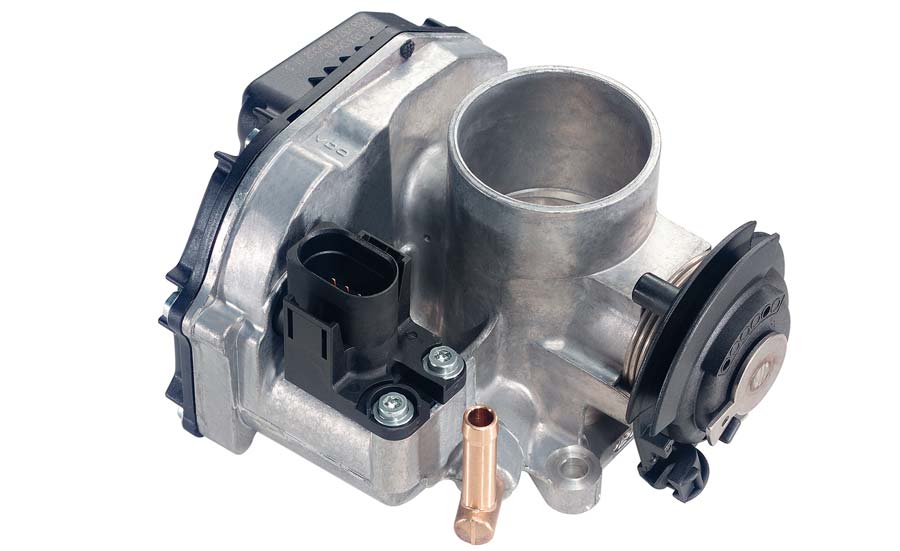
With electromotive throttle actuators, the position of the throttle valve is regulated mechanically via the accelerator Bowden cable. The throttle valve electronics forward the position of the throttle valve to the engine control unit as an electrical signal. This information is compared with other up-to-date data from a variety of engine management sensors. The engine control unit permanently calculates the optimum throttle position for consumption and exhaust gas emissions and sends this information back to the throttle valve as an electrical control signal. The position of the throttle valve is then fine-tuned with the assistance of a servomotor.
Electronic throttle actuators:
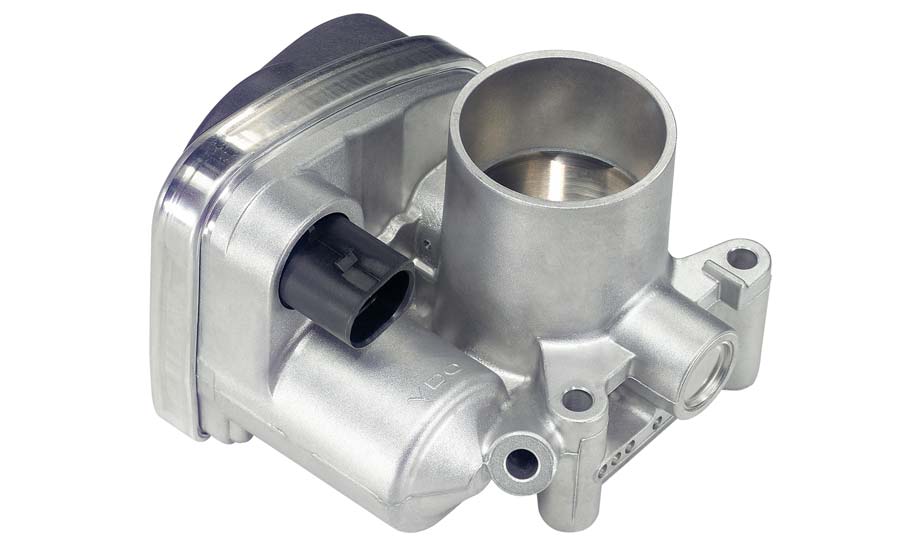
With electronic throttle actuators, there is no direct connection to the accelerator pedal. The driver's desired load is captured by an electronic accelerator pedal (electromotive throttle actuator). The engine management permanently matches this signal to all other available data from the engine sensors, using the information obtained to calculated the optimum throttle position for the prevailing situation. The electronic throttle actuator is controlled exclusively using the control signal from the engine management and with the assistance of a servomotor.
Air management valves:
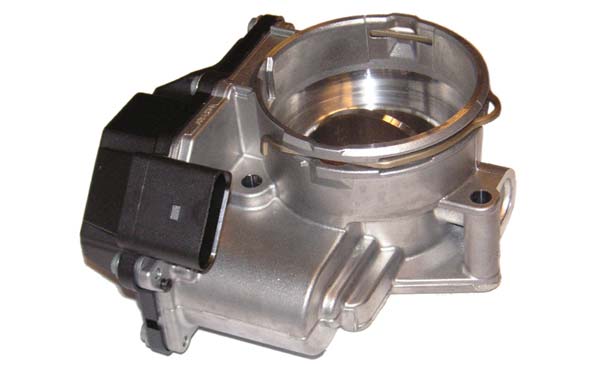
If throttle valves are used in diesel engines, they are generally referred to as air management valves. Air management valves can be with or without integrated control electronics. As indicated above, air management valves throttle the intake air in the intake air system of diesel engines via electromotive means in order to achieve precision controlled exhaust gas recirculation and prevent the inconvenient shaking that would otherwise occur when the engine is switched off.
Air flap servomotors:
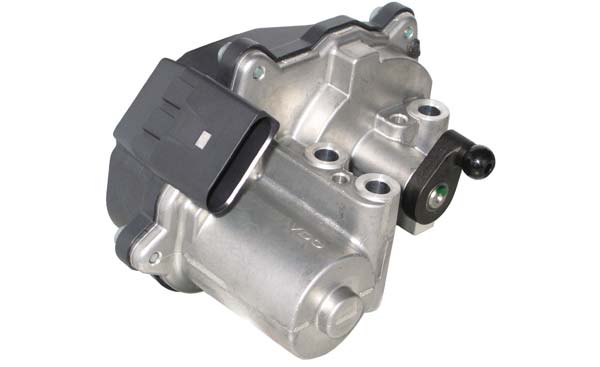
Air flap servomotors are electrical actuators with integrated position sensor and optional integrated electronics. They facilitate the continuous adjustment of intake pipe flaps or turbocharger guide vanes, for example, and, by means of more precise control, are able to replace conventional pneumatic drives which are no longer sufficient for the advanced requirements that have to be met.
Depreciation
Throttle valves are maintenance-free. They are designed to last the entire service life of the vehicle. Poor maintenance (missing oil change intervals, for example) can lead to soiling of the throttle valve and cause deposits to build up, resulting in premature wear or even complete failure. For this reason, compliance with the maintenance intervals prescribed by the vehicle manufacturer is essential.
Safety
The perfect function of the throttle valve is the key to optimum power development of the vehicle in critical situations. As such, the throttle valves make an essential contribution to improved road safety.
Environmental protection
Optimum operation of the combustion engine and minimum pollutant emissions rely on precision control of the intake air. Throttle valve modules with integrated electronics enable the intake air quantity to be exactly matched to the prevailing operation conditions independently of the driver's performance requirements. As such they make an important contribution to effective fuel combustion and low pollutant emissions.


